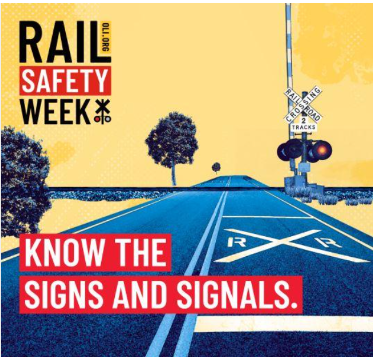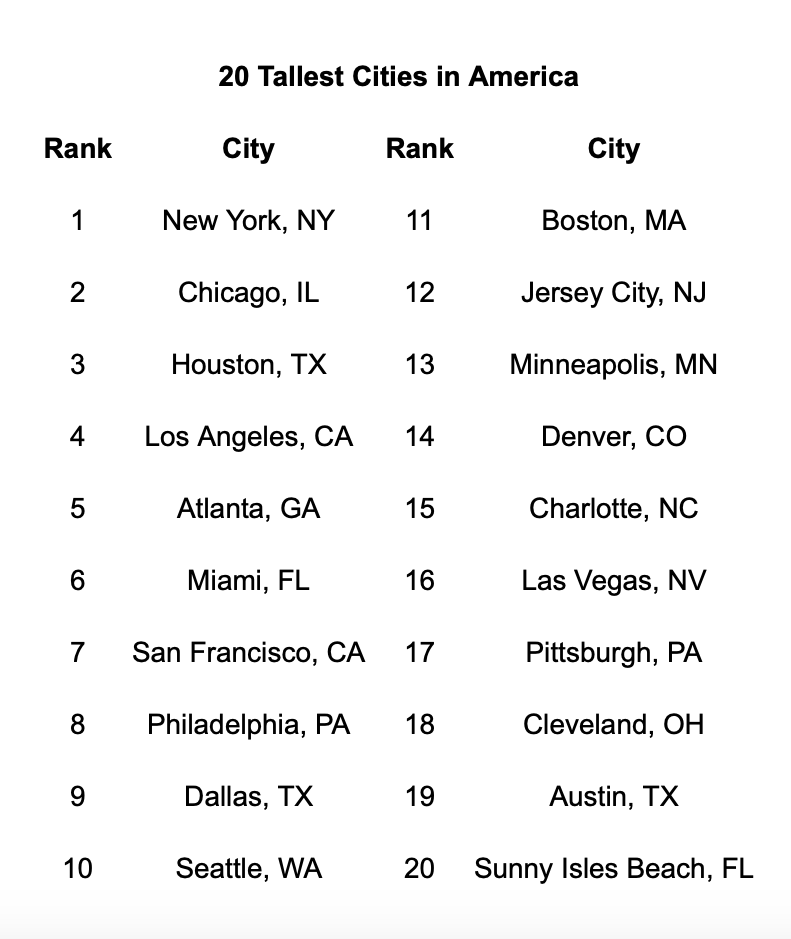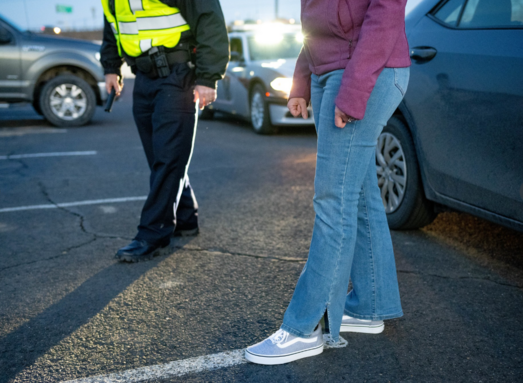Statewide — During Rail Safety Week (RSW), Sept. 18 to 24, the Colorado Department of Transportation is reminding motorists, pedestrians, and bicyclists to always use caution when approaching rail crossings.
Last year there were 23 traffic crashes involving trains in Colorado, resulting in seven injuries and two deaths. This is down slightly from 25 crashes the year before.
To reach the public, CDOT has created videos that provide warnings about crossing railroad tracks where there may not be gates or signals, known as passive crossings. Click here for the video playlist. Such crossings are common in rural areas of the state. In urban areas, RTD has released its own video on the importance of rail safety. Click here to view RTD’s video on rail safety.
Every year in North America, 2,100 people are killed or seriously injured around tracks and trains — often at at-grade crossings.
“We all need reminders about railroad crossings, which is why this week is so important,” said Darrell Lingk, Director of the Highway Safety Office at CDOT. “Paying attention to the warning signs at crossing and being on the lookout for trains are simple but life-saving tips that everyone should practice.”

Every three hours a person or vehicle is hit by a train in the United States. To prevent such crashes, there are both active and passive rail crossings in Colorado. Passive crossings lack bells, whistles and gates found with active crossings. Passive crossings, which include warning signs, are more common in rural areas where there are fewer cars. Currently there are 784 active warning crossings in Colorado and 960 passive ones.

Since 2017, RSW has saved lives by educating and empowering the public to make safe decisions around trains and tracks and raising awareness of the need for rail safety education. This annual week-long event is a collaborative effort among Operation Lifesaver, Inc., state Operation Lifesaver programs, and rail safety partners across the U.S., Canada and Mexico. The goal of RSW is to raise awareness of the need for rail safety education and empower the public to be safe near highway-rail grade crossings and railroad rights-of-way. For more information on Rail Safety Week, click here.
Operation Lifesaver, Inc., a national rail safety education organization, works in partnership with the U.S. Department of Transportation and other organizations to observe Rail Safety Week each year. The organization’s “Stop Track Tragedies” public awareness campaign shows the impact that rail-related incidents have on families – and communities.” For more information on the “Stop Track Tragedies campaign, click here.
Operation Lifesaver works with CDOT to prevent crashes. Upgrades at railroad crossings with warning lights and gates is part of CDOT’s commitment to reducing crashes involving trains.
By law, trains always have the right of way, and avoiding a train collision is the responsibility of the driver, pedestrian, bicyclist or motorcyclist. A train cannot swerve, stop quickly or change directions to avert a collision. A train traveling at 55 mph requires a mile to stop – the length of more than 17 football fields – after applying the emergency brakes.
CDOT urges motorists to follow these tips to stay safe at railroad crossings:
- When approaching a railroad crossing, slow down, look and listen for a train on the tracks, especially at passive crossings where there are no gates or warning signals
- Look carefully in both directions before crossing a rail track, even during the day
- Do not rely on past experience to guess when a train is coming. Trains can travel from either direction at any time
- Never race a train. It is easy to misjudge a train’s speed and distance from a crossing
- Before entering a railroad crossing, check that there is enough room on the other side of the tracks for your vehicle to cross completely and safely. Be aware that you may need to cross multiple sets of tracks at some railroad crossings
- Never stop on railroad tracks. Keep moving once you have entered the crossing. To avoid a vehicle stalling, never shift gears on the tracks
- If your vehicle stalls on a railroad track, quickly move away from the track and your vehicle at a 45-degree angle to prevent being hit by debris. Call the phone number on the Emergency Notification System sign or, if the sign is not visible to you, dial 911 for help
According to the Federal Railroad Administration, 2,197 highway-rail grade crossing collisions occurred in 2022 resulting in 274 deaths and 812 injuries across the U.S.


 (COLO) – The unofficial end of summer is upon us: cookouts, patio parties and enjoying a long weekend. If alcohol or other impairing substances are a part of your celebration, the Colorado State Patrol wants you to plan ahead for a sober driver. Last year, impaired driving was the top causal factor for fatal crashes in Colorado. This was a 6% increase over 2021.
(COLO) – The unofficial end of summer is upon us: cookouts, patio parties and enjoying a long weekend. If alcohol or other impairing substances are a part of your celebration, the Colorado State Patrol wants you to plan ahead for a sober driver. Last year, impaired driving was the top causal factor for fatal crashes in Colorado. This was a 6% increase over 2021.


